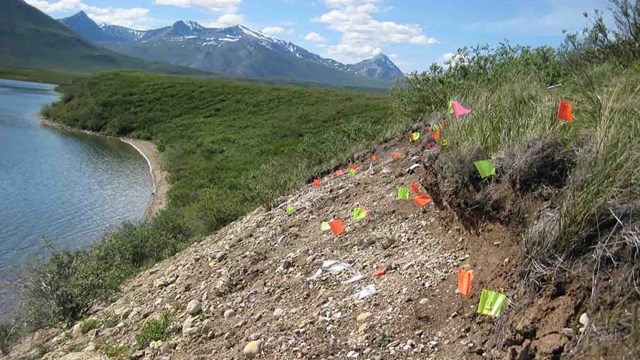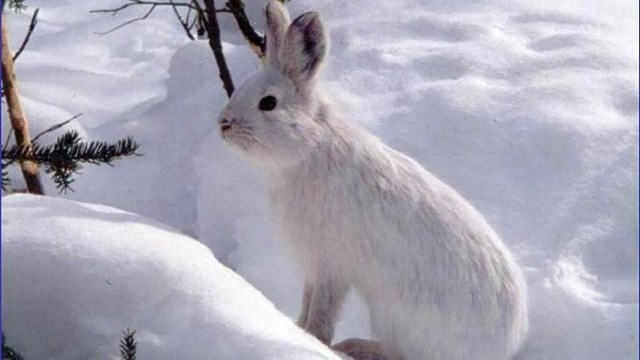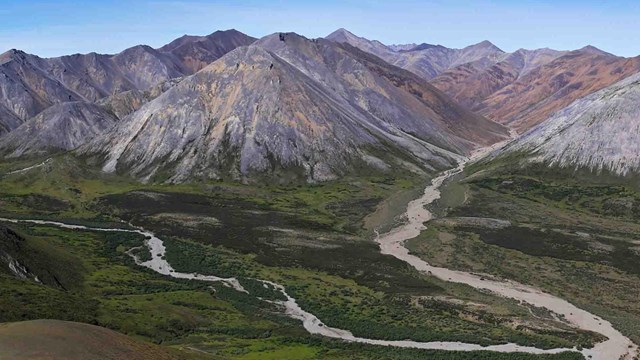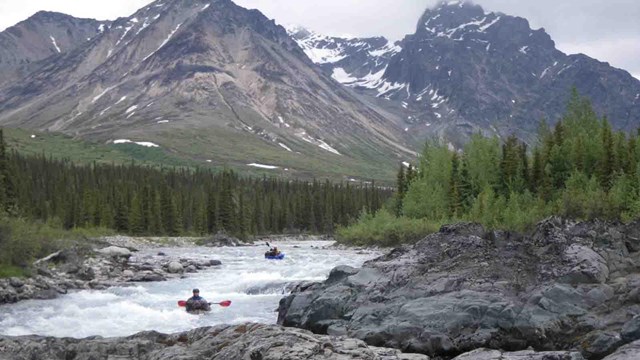Land of Extremes
The Arctic is the northernmost region of Earth. It is a fascinating natural and cultural landscape adapted to extreme conditions. Alaska has the only Arctic parks in the National Park System, and together, those parks make up more than a quarter of the total amount of land managed by the National Park Service. The boundary of the Arctic is the Arctic Circle, an imaginary line around the Earth (at about 66.5° North Latitude) where, for at least one day each year, the sun does not completely set (June 21) or rise (December 22). Explore this site to learn more about the rich natural and cultural heritage of the Arctic.







